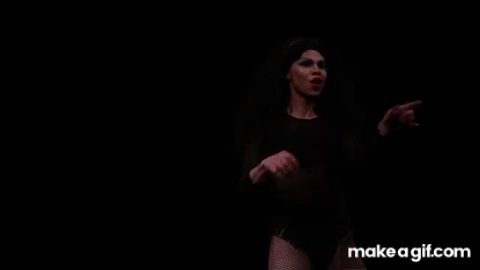Meteoro
- Gustavo Arruda Franco

- Jul 7, 2021
- 2 min read
Updated: Jul 30, 2021
Context
In 2018 I collaborated with Lily Min Ren, a close friend and videomaker, to translate to video format a drag lip sync and dance-theater piece I created and performed beforehand. This is an overview of the creative process I developed to arrive at the final result.
Concept
A drag queen lip-syncs until exhaustion to an electronic dance song popular in the Brazilian countryside in the 2000s, in the style of 1980s Brazilian TV showgirls.
Motivation
My own immigration from a small town in Central Brazil to Chicago.
The fast modernization of a still highly agricultural Central Brazil after the implementation of novel technologies during the 1964-1985 military dictatorship, followed by the 2018 democratic setbacks with the election of president Jair Bolsonaro.
Drag
The medium of drag queen performances was evocative of my own relationship with media as a queer child, imbued with longing for glamour and modernity away from my rural hometown.
Vanda Venus
The name of my drag character was inspired in vedetes, Brazilian showgirls of theater, cinema and TV of the 20th century, like Luz del Fuego and Rita Cadillac.

Character
The hair, costume and movement were inspired by Gretchen, a Brazilian singer and TV personality known for her groundbreaking sensual performances in the 1980s.

Dramaturgical References
"Cheer-Toh" (2009), by Adam Rose

Adam Rose, as the character "Elena", performs a humorous mash-up between cheer-leading and the Japanese modern dance-theater genre butoh. The piece explores sampling in a dance context, mashing up dance-theater with entertainment.
"Boca de Ferro" (2016), by Marcela Levi, Lucía Russo and Ícaro dos Passos Gaya

"Boca de Ferro" explores themes of exhaustion in face of constant media stimuli, achieved by choreographing Brazilian memes to the sound of tecnobrega, an electronic dance music style from the Amazon region.
Music
"Meteoro" by Banda Djavu was a cover of a tecnobrega song hugely popular in my childhood, recorded and disseminated across the Brazilian countryside.






Comments